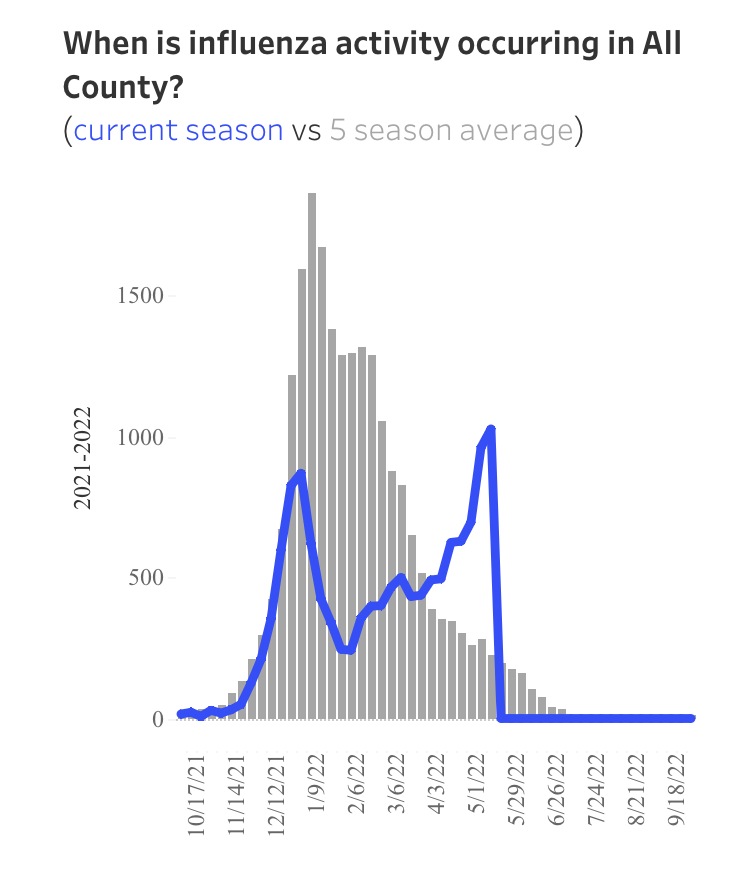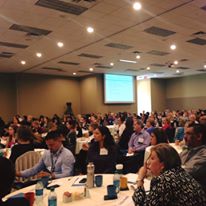Auditor General’s Report of the Arizona Department of Health Services Nursing Home Complaint Investigation Performance
Every 10 years the bigger state agencies go through what’s called a Sunset Review – which is the state legislature’s way of examining the performance of state agencies and determining whether they still need to exist or require major reform. The legislature often asks the Auditor General’s Office to review the performance of specific areas and write a report.
That Sunset Review for ADHS happened back in 2019. The Auditor General reviewed ADHS’ performance with respect to following up on nursing home complaints (ADHS is the regulatory authority for nursing homers).
That 2019 Arizona Auditor General Report found, among many other things, that ADHS (during the Director Christ era) failed to investigate, or timely investigate or resolve many long-term care facility complaints. The report laid out 4 key areas where performance improvement was needed. Director Christ (and Deputy Colby Bower) made promises at the time to make the improvements. The state legislature even followed through, giving the agency an additional $1.6M to hire staff.
The auditor general’s team came back in 2021 to see whether the ADHS had made any improvements. Astonishingly, the report issued this week concluded that the agency had not implemented any of the required changes, and also found these disturbing findings:
- Between 7/1/19 and 4/21/21 ADHS, under the leadership of former Director Christ and Assistant Director Colby Bower, lowered the priority level of 98% of their open high priority complaints, giving them months more time to investigate and giving the appearance they were making improvements (high risk complaints need to be done in 10 days vs months for the others).
- ADHS leadership CLOSED 79% of those former high priority complaints without ever doing an investigation.
- ADHS leadership CLOSED 82% of high priority facility self-reports after changing them to medium and then closing without an investigation.
- In the second half of 2019 (before the 1st auditor general report) ADHS had classified 42% of nursing home complaints as high risk. After the report was published – the percentage of complaints classified as high risk dropped to only 4% (July – Dec. 2020).
- ADHS did not post complaints on AZCARECHECK (the public disclosure site) unless there was an investigation… but because they closed out the vast majority of complaints without an investigation, thousands of those complaints never made it to their website- further greatly limiting the ability of family members to make informed decisions.
The interim joint committee of reference is asking for quarterly reports from ADHS, told ADHS to be transparent about how they classify complaints, legislature will make sure CMS knows about the audit reports, the ADHS is supposed to fully cooperate with the auditors on follow ups. No mention of the committee urging state or county law enforcement investigations though.
Note: To be fair to the current ADHS leadership team- the review period for the Auditor General’s Report was from July 1, 2019 through April 21, 2021. Director Christ was the agency director for that entire period and Colby Bower was the head of Licensing. Both of those persons left the agency in late 2021 and now are in well paying senior leadership positions at Blue Cross Blue Shield of Arizona.
AZ failed to properly investigate nursing home complaints
Read the ADHS Auditor General’s Report
Arizona regulators skipped inspections of long-term care facilities
From the new Auditor General Report:
‘As described in the transmitted follow-up report, we found that the Department has not implemented any of the 5 recommendations from our September 2019 report, and we identified additional significant complaint-prioritization and investigation failures that have continued to put long-term care facility residents’ health, safety, and welfare at risk.’ For example:
- Contrary to federal requirements, the Department inappropriately closed most High-Priority complaints/self-reports without a required on-site investigation, including complaints involving allegations such as lack of pressure sore precautions, residents being left soiled for an extended time, and abuse or neglect.
- Of the 156 High-Priority complaints the Department investigated, it failed to initiate the on-site investigations for 73% of these within the required 10 working days.
- The Department inappropriately changed 98% of its open High-Priority complaints to lower priorities, which artificially extended the time frame for responding to these complaints/self-reports from 10 days to 1 year.
AZ failed to properly investigate nursing home complaints, report says
The key to whether the agency fixes these potentially lethal deficiencies lies with whether Interim Director Herrington admits to the program failures and commits to fixing the problems. If he stonewalls as his predecessor did, we will likely be stuck with poor performance until the next administration.







